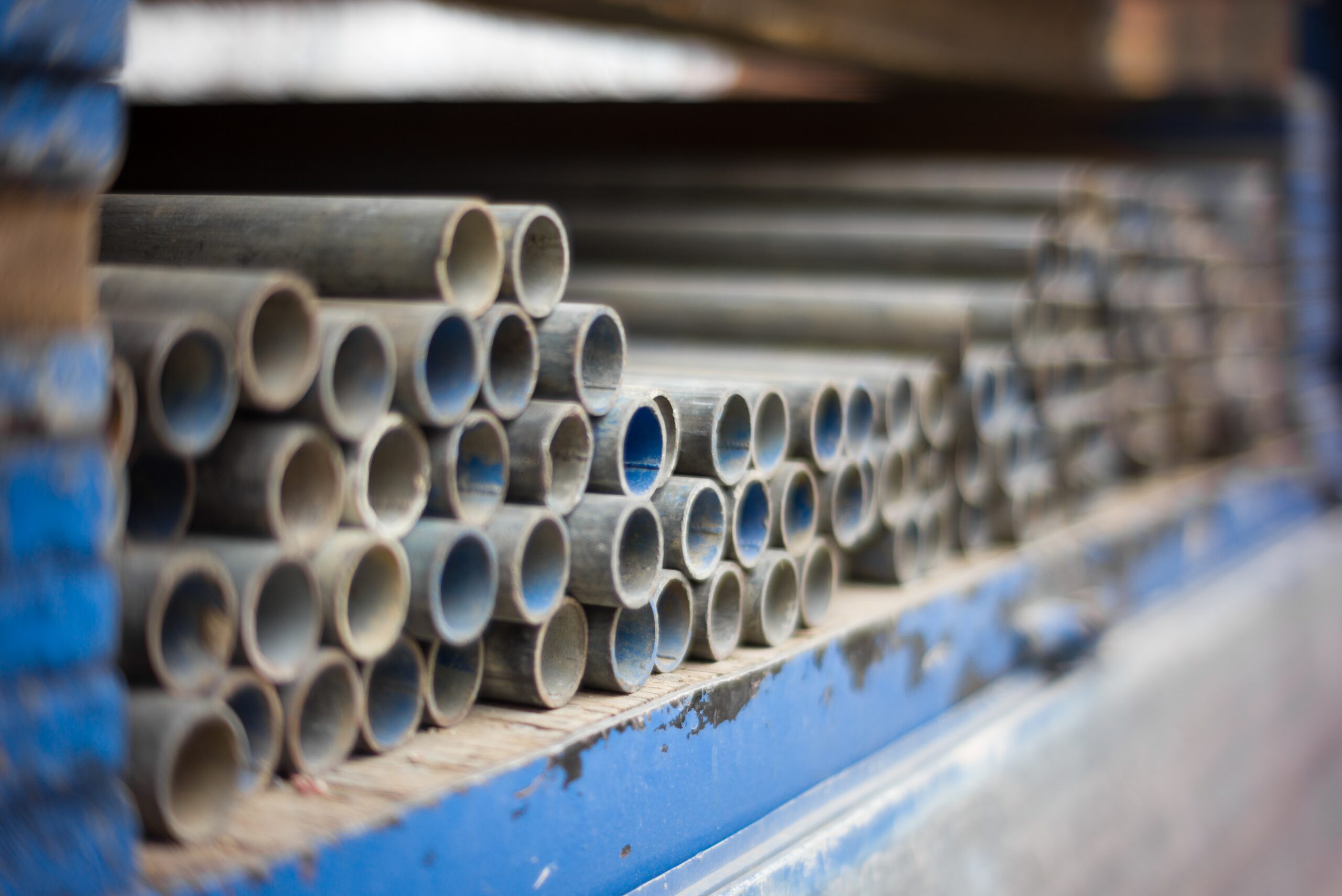What Type of Drainage Pipe to Use Under Driveway?
If you’re re-doing your garden, you might be thinking about installing new drainage pipes under your driveway. Drainage pipes serve to redirect water away from your home and garden, and are a key preventative measure when it comes to avoiding floods that can end up damaging both your property and your car.
As your driveway is going to support the weight of one or several vehicles, it’s important to take into consideration pipe durability and strength, as well as UK legislation on underground drainage. In this guide, we’re going to go over everything you need to know about installing drainage pipes under your driveway; from what materials work best to key factors to consider before installation. Let’s take a look!
What is a drainage pipe?
A drainage pipe is a pipe used to direct water away from your driveway. Your driveway is often uniquely impacted by rainfall or adverse weather, as it may be situated just underneath your guttering or your roof. This means that alongside general rainfall, your driveway is subject to an increased amount of water, making it vulnerable to flooding or rain pooling.
How can I know if my underground drainage pipe is blocked?
Why install a drainage pipe under your driveway?
As we said, your driveway and garden is often uniquely prone to flooding. Here are a couple of other reasons why installing a drainage pipe under your driveway is a good idea:
Adverse weather conditions
According to academic studies, rainfall in the UK is set to increase heavily in the coming decades, mostly due to environmental changes and increasing temperatures. This can mean that your current drainage system might not be able to support heavier rainfall or other adverse weather – such as storms or mild hurricanes – in the future. Installing new drainage pipes under your driveway can help safeguard your home against any potential changes to the UK climate.
Aesthetic concerns
Allowing water to pool in your driveway can lead to moss, mould, and an overgrowth of weeds and other unwanted plants. If you’re concerned about the value of your property, having a drainage system underneath your driveway can improve the exterior appearance of your home and increase its market value.
Potholes
During the colder months, an accumulation of water in your driveway can end up freezing over, causing cracks and potholes in your driveway. Aside from being problematic for your vehicle, visible potholes can ruin the appearance of your driveway – and by extension, your home.
Property damage
Depending on the structure and layout of your home, excess water in your driveway can even lead to interior damage to your property. Without a draining system to redirect water away from your home, you could end up with walls, flooring, and carpets impacted by damp and mould.
Key considerations before installation
Before installing any drainage pipes under your driveway, do note that a driveway is different to a back garden or interior draining system. Here are just a few factors to take into consideration before choosing a driveway pipe:
Consider weight
Your driveway is going to be supporting the weight of at least one vehicle. This means it’s important to choose a sturdy, reliable, and weight-resistant pipe for your underground drainage system, especially if you have more than one vehicle parked in your driveway at any given time. Choosing a weak pipe can make your drainage system prone to cracking under the weight of your vehicle, rendering it susceptible to leaks.
Changes in temperature
As we already referenced above, potential weather changes in the UK should be taken into account when buying drainage pipes for any area of your house, but especially flood-prone areas such as your driveway. Not only does increased rainfall need to be accounted for, but potential changes in heat and temperature, too.
According to studies, temperatures are expected to rise in the UK in coming decades, and pipes tend to expand when heated. Pipes that expand under heat can become weaker over time, and this can lead to pipe leaks. It’s a good idea to take your location into account (for example, looking at predicted temperature increases in your area) before settling on a pipe for your driveway.
What type of drainage pipe to use under driveway?
So – what’s the best type of drainage pipe to use if you’re planning on installing a drainage pipe under your driveway? Your two main choices for a driveway system are going to be PVC pipes and corrugated pipes, both of which offer efficient hydraulic properties, as well as their own sets of benefits and disadvantages:
PVC drainage pipes
PVC drainage pipes are ideal for driveways, and one of the most commonly used types of pipes when it comes to both underground and interior drainage systems in the UK. Made with synthetic plastic polymer, PVC pipes have a smooth surface, and are highly weather-durable when installed correctly. Their smooth exterior also makes them easy to clean and maintain. C-PVC pipes (chlorinated PVC pipes) are a good PVC option if you own several cars and are looking for resistance and durability, as they tend to last very long without developing cracks and drain blockages.
You can also opt for
One downside to PVC drainage pipes is that they tend to be more expensive on average than corrugated pipes. That being said, as PVC pipes are less susceptible to blocking and cracking than corrugated pipes, they’re also easier to maintain and clean. This means you might end up spending less in the long-run, even if the initial cost of installing PVC pipes is higher.
Corrugated drainage pipes
Corrugated drainage pipes are another option for your driveway drainage system. Unlike the smooth exterior of PVC pipes, corrugated pipes are ridged and grooved, which makes them more resistant to bending and manoeuvring. Another benefit to corrugated drainage pipes is their easy installation, which tends to take less time than PVC installation.
When it comes to supporting the weight of vehicles in your driveway, corrugated pipes are built with dual walls to withstand weight, making them an ideal option if you have heavy cars (or if you regularly have more than one car in your driveway.)
One downside to corrugated drainage pipes is that they’re slightly more difficult to maintain. The ridges and grooves – while offering extra resistance – can be incredibly difficult to clean, resulting in build-up and potential cracking. Corrugated pipes are also slightly more prone to damage and cracking for this reason, so if you live in an area with heavy rainfall, PVC might be the better option.
On the upside, corrugated drain pipes are cheaper than PVC, making it the ideal option if you’re renovating your property on a budget.
How to install a drainage pipe under your driveway
Before installing a drainage pipe under your driveway, you’ll need to ensure that you’re in compliance with any local government regulation, especially if drainage services are shared between neighbouring properties. You should also check whether or not you’ll need planning permission: for most repairs or maintenance, you won’t need planning permission, but this might be different for first-time installations or replacements.
In most cases, it’s best to call drain repair services if you want to ensure a safe, efficient and timely installation of driveway drainage pipes.

